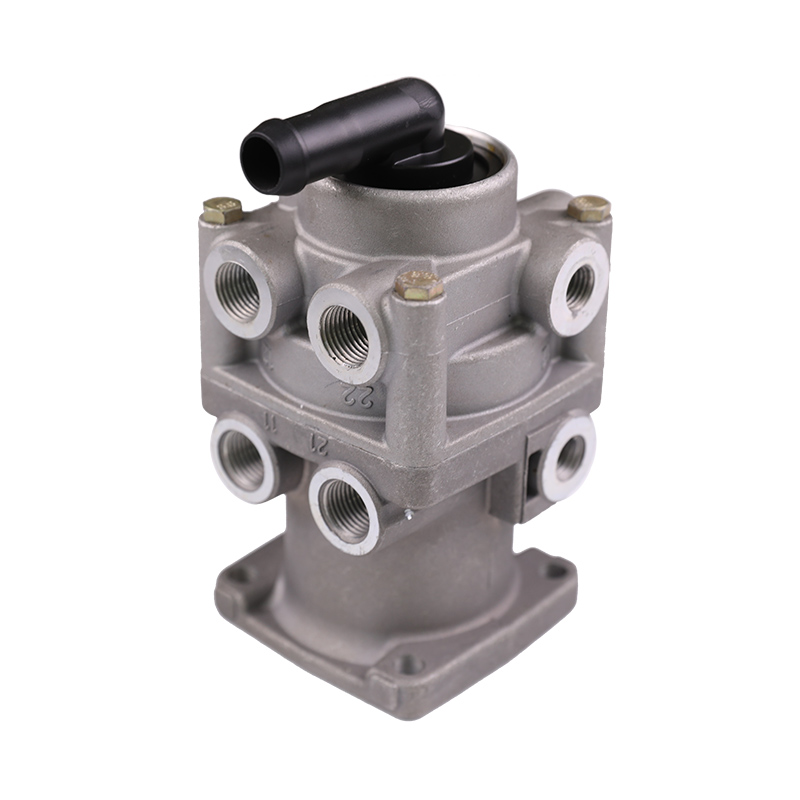Emergency braking is one of the critical functions of hand brake valves, providing a reliable and immediate means to bring vehicles, machinery, or equipment to a stop in situations where the primary braking system may be compromised or unable to provide sufficient stopping power. The ability to engage the hand brake valve in emergencies enhances safety, prevents accidents, and minimizes potential damage.
Redundant Safety Mechanism: Hand brake valves act as a redundant safety mechanism, offering a backup option when the main braking system encounters failures due to mechanical issues, hydraulic failures, or other unforeseen circumstances. Having a separate means of stopping the vehicle or equipment ensures that operators can react promptly in emergencies, mitigating the risks associated with brake system malfunctions.
Brake System Failures: Hand brake valves are especially valuable when the primary brake system fails. This can occur due to brake fluid leaks, hydraulic system malfunctions, brake component failures, or electrical issues in vehicles with electronic brake systems. In such situations, operators can rely on the hand brake valve to regain control and bring the vehicle to a safe stop.
Hydraulic Pressure Loss: In hydraulic brake systems, a sudden loss of hydraulic pressure can significantly diminish the effectiveness of the primary brakes. Hand brake valves, which may operate independently of the hydraulic system, can be a lifesaver in such scenarios. By manually engaging the hand brake valve, operators can create additional braking force, compensating for the lost hydraulic pressure.
Unintended Acceleration: In cases of unintended acceleration or sudden engine failure, engaging the hand brake valve can quickly bring the vehicle to a stop. This is crucial for preventing collisions with obstacles, pedestrians, or other vehicles and maintaining the safety of the occupants and the surrounding environment.
Brake System Testing: Hand brake valves are sometimes used during brake system testing. Technicians can simulate emergency situations by applying the hand brake valve while the vehicle is in motion to assess the responsiveness of the system. This testing ensures that the hand brake system is functional and capable of providing the necessary stopping power when needed.
Enhanced Control: The ability to engage the hand brake valve gives operators a heightened sense of control, especially in high-stress or unexpected situations. The direct manual control provided by the hand brake valve allows for precise modulation of the braking force, giving operators the confidence to handle emergencies effectively.
Parking on Steep Slopes: On steep slopes, relying solely on the transmission's parking gear may not be sufficient to prevent the vehicle from rolling. Hand brake valves offer a secure way to park on inclines, ensuring that the vehicle remains stationary and reducing the risk of it rolling downhill.






